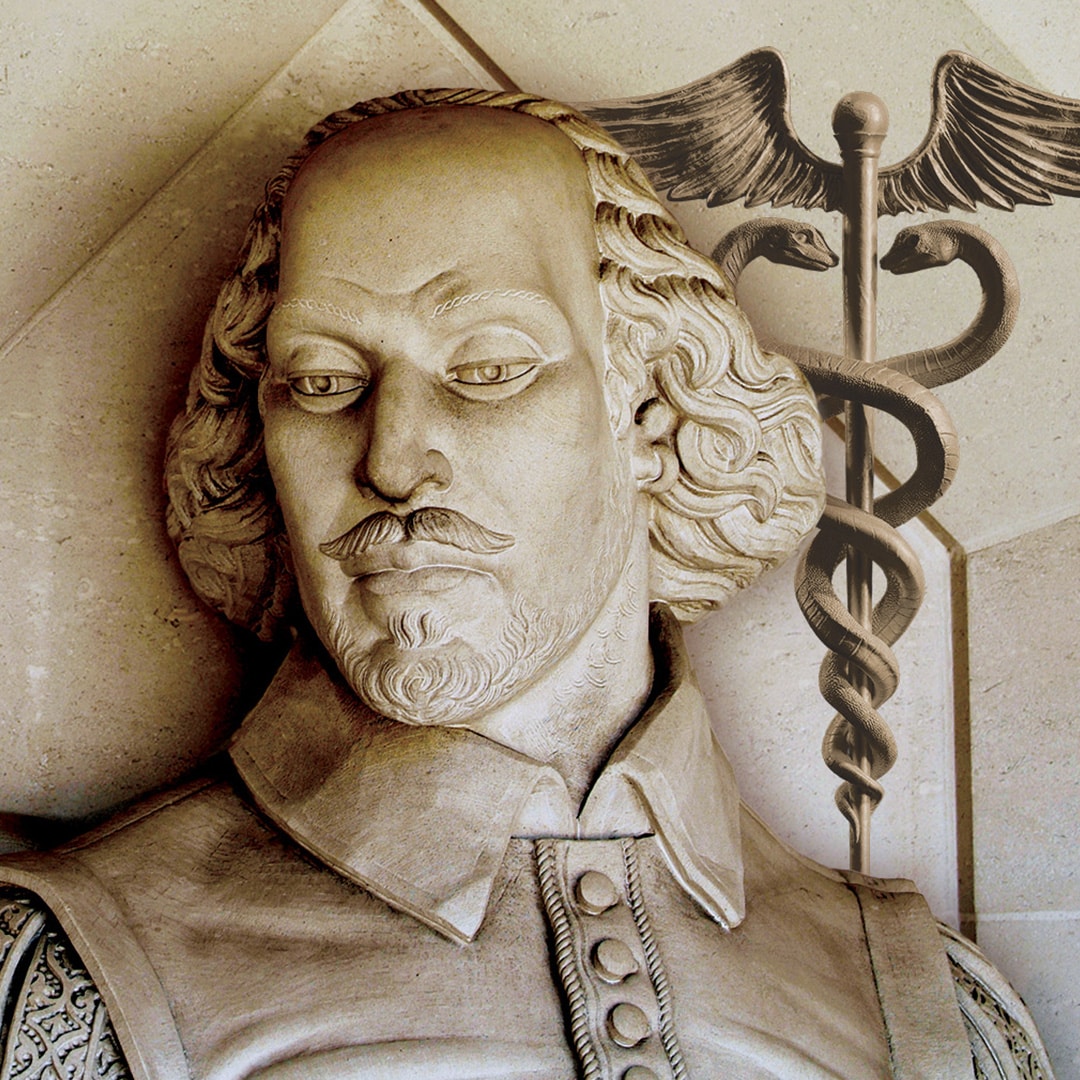Visits to dentists rank up with the worst
Experiences that most people had
Root canals and carious crowns were cursed
Bleeding gingivae both messy and bad
Fillings, crowns, bridges, the tools of the trade
How simpler it would be, tooth for a tooth
An argument the bone was too afraid
To accept metal, too far from the truth
A doctor from Sweden showed us the way
The alveolus loves titanium
Plant carefully, treat well, it will stay
Integration, the coveted premium
Millions of patients now have brighter smiles
Swedish crowns stronger and healthy in style
Backstory
The biblical expression ‘An eye for an eye, tooth for a tooth’ has been frequently misquoted and abused, but taken literally, the last part of the phrase has been the ultimate objective of the dental profession for many years. For a long time, attempt were made to transplant teeth, from willing or unwilling donors, and some were successful for a short while, but the lack of a reliable, long- lasting, independent, tooth replacement has meant that dentists have had to use a tool-bag of metals, ceramics, plastics and composite to patch up diseased teeth or structures such as bridges and dentures that try to mimic the functionality of teeth. The main difficulty that arises when attempts are made to provide a tooth replacement that is fully integrated into the facial skeleton, is that the natural tooth is attached to the bone of maxilla or mandible via a thin layer of an exquisitely functioning shock-absorber, the periodontal ligament, that allows force transmission and provides stability to the tooth-bone complex. Simply inserting an artificial tooth into a socket without either providing an equivalent ligament or producing direct and permanent attachment to the bone, will result in failure.
The Swedish professor of anatomy, Per-Ingvar Brånemark was investigating the response of rabbit bone (in the legs) to various substances, and found that the metal titanium rapidly and strongly bonded to the bone. This was in the mid 1960’s and he realized that this could be of clinical relevance. Working with dental colleagues, he designed a dental implant made of this same titanium that could, provided great care was taken during insertion, and provided that too much force was not applied to the structure during the healing phase, result in permanent attachment. He called this process ‘osseointegration’ and this is the principle that revolutionized dentistry, with close to a million patients being treated each year.


